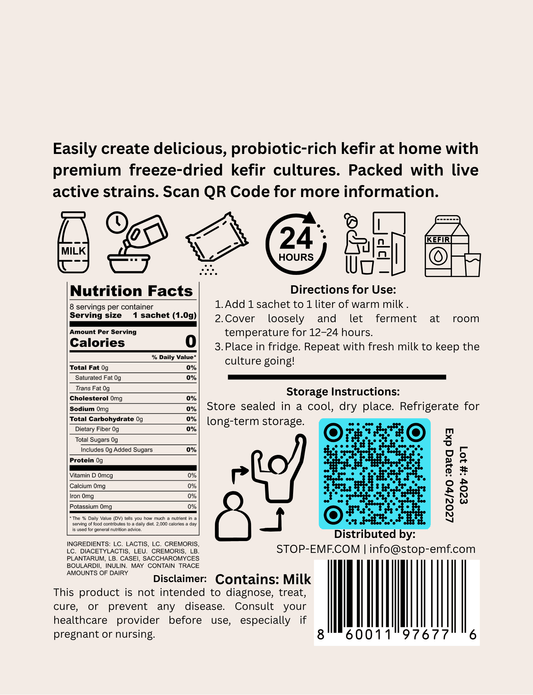In the ever-evolving world of healthcare, we're constantly seeking new and innovative ways to tackle some of the most pressing medical challenges. One such challenge is the management of sepsis, a life-threatening condition that arises when the body's response to an infection spirals out of control. But what if I told you that a humble compound, known as methylene blue, could be a game-changer in the fight against sepsis?
Sepsis is a complex and often devastating condition that affects millions of people worldwide. It occurs when the body's immune system goes into overdrive, triggering a cascade of inflammatory responses that can lead to organ failure and even death. Conventional treatments often involve a combination of antibiotics, fluids, and supportive care, but the mortality rate remains alarmingly high.
Enter methylene blue, a synthetic dye that has been used in various medical applications for over a century. While it may seem like an unlikely hero, this versatile compound is proving to be a powerful tool in the management of sepsis.
The Science Behind Methylene Blue
Methylene blue is a fascinating molecule with a unique set of properties that make it particularly well-suited for sepsis treatment. At its core, methylene blue is a powerful antioxidant, capable of scavenging free radicals and reducing oxidative stress – a key driver of the inflammatory response in sepsis.
But the benefits of methylene blue don't stop there. This remarkable compound also plays a crucial role in improving oxygen transport and utilization within the body. By enhancing the activity of an enzyme called nitric oxide synthase, methylene blue helps to dilate blood vessels and improve blood flow, ensuring that vital organs receive the oxygen they need to function properly.
Furthermore, methylene blue has been shown to possess anti-inflammatory properties, helping to dampen the excessive immune response that characterizes sepsis. This multi-faceted approach to addressing the underlying mechanisms of the condition makes methylene blue a promising therapeutic option.
Methylene Blue in Action
The potential of methylene blue in sepsis management has been the subject of numerous studies and clinical trials. In one particularly promising study, researchers found that administering methylene blue to patients with septic shock resulted in significant improvements in blood pressure, organ function, and overall survival rates.
The mechanism behind these benefits is twofold. First, methylene blue's ability to improve oxygen delivery helps to counteract the tissue hypoxia (lack of oxygen) that is a hallmark of sepsis. By ensuring that vital organs receive the oxygen they need, methylene blue can help to prevent the cascade of organ dysfunction that often leads to multi-organ failure.
Secondly, the anti-inflammatory properties of methylene blue help to dampen the excessive immune response that drives the progression of sepsis. By reducing the production of inflammatory mediators and promoting the resolution of inflammation, methylene blue can help to prevent the development of life-threatening complications.
Practical Applications and Future Directions
The potential applications of methylene blue in sepsis management extend beyond the hospital setting. In fact, this versatile compound may also have a role to play in the prevention and early intervention of sepsis.
For example, individuals with certain risk factors, such as chronic conditions or weakened immune systems, may benefit from prophylactic administration of methylene blue. By proactively supporting the body's natural defenses and reducing oxidative stress, methylene blue could potentially help to mitigate the risk of developing sepsis in the first place.
Moreover, the use of methylene blue in pre-hospital settings, such as ambulances or emergency response teams, could also prove invaluable. By administering methylene blue early in the course of sepsis, healthcare providers may be able to stabilize patients and improve their chances of survival before they even reach the hospital.
As research into the applications of methylene blue continues to evolve, we can expect to see even more innovative uses of this remarkable compound. From the development of targeted delivery systems to the exploration of synergistic therapies, the future of sepsis management looks brighter than ever, thanks to the humble yet powerful methylene blue.
Conclusion
In a world where sepsis remains a formidable challenge, the emergence of methylene blue as a promising therapeutic option is a testament to the power of scientific exploration and innovation. By harnessing the unique properties of this versatile compound, we can work towards improving outcomes for those affected by this life-threatening condition.
As we continue to unravel the complexities of sepsis, it's clear that methylene blue has a crucial role to play. From its ability to improve oxygen transport and reduce inflammation to its potential for early intervention and prevention, this remarkable compound offers a glimmer of hope in the fight against one of the most pressing healthcare challenges of our time.
So, the next time you hear about the wonders of methylene blue, remember that it's not just a dye – it's a powerful ally in the battle against sepsis, and a testament to the transformative power of scientific discovery.






